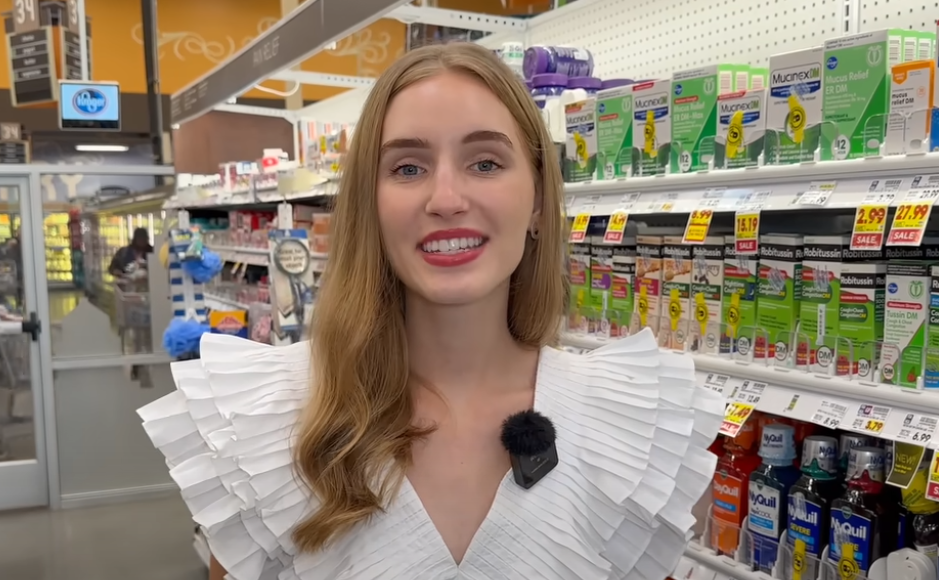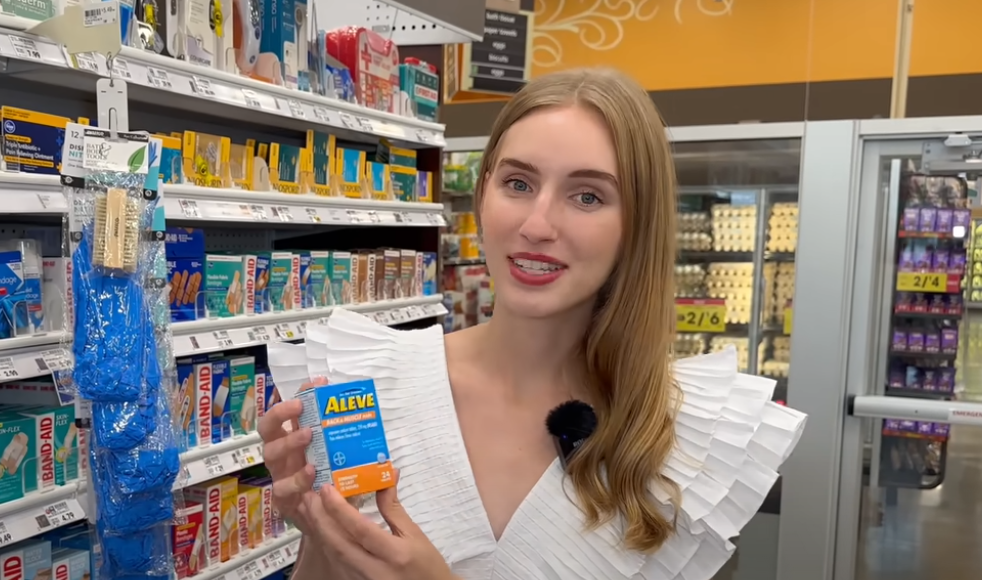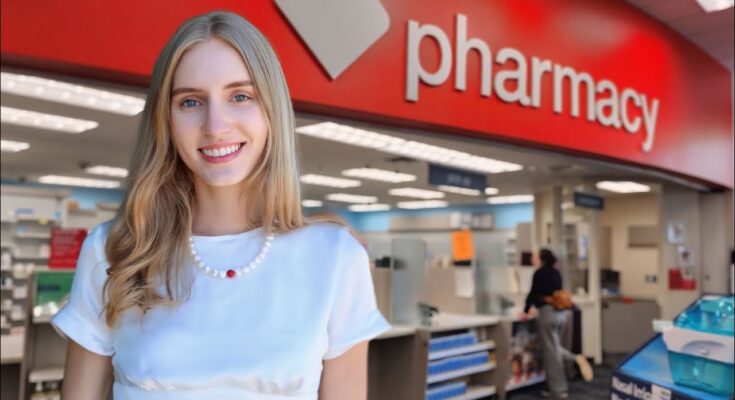It was a sunny Wednesday afternoon when I walked into the small neighborhood pharmacy, expecting nothing more than to pick up a few items. I had no idea that this simple errand would turn into an unexpected and unforgettable English lesson—one not held in a classroom, but among shelves of medicine, quiet customers, and the smell of hand sanitizer.

For someone learning English as a second language, every interaction is an opportunity to learn. I’d studied English in school for years, but real-life practice is a different kind of teacher. You don’t always get time to think. Words don’t come in a neat order like in textbooks. They come fast, with slang, different accents, and the unpredictability of people. So that day, I decided to be brave and take one more step toward fluency by handling everything in English on my own.
As I walked into the pharmacy, I could already feel a little nervous energy building up inside me. The shelves were full of colorful packages I could barely understand, and the signs were written in perfect, formal English. Still, I reminded myself why I was there: to buy medicine for a headache and refill a prescription for my grandmother.
I took a deep breath, walked over to the counter, and greeted the pharmacist with a smile. “Hello,” I said. “I need some medicine for headache, and… um… a refill for my grandmother’s prescription.”
The pharmacist, a kind woman with glasses and a calm voice, smiled back. “Of course. Do you have the prescription bottle with you?”
I handed it over, and she nodded. “Thank you. While I check this, you can look at the over-the-counter medicine for headaches. It’s on aisle three.”

I had to pause for a moment. “Over-the-counter” was a phrase I had read before, but never heard in conversation. “That means medicine I can buy without a doctor, right?” I asked.
She nodded. “Exactly. Over-the-counter just means you don’t need a prescription for it.”
Lesson number one: “Over-the-counter” means non-prescription medicine.
I thanked her and walked to aisle three. The headache medicine section was overwhelming. There were so many choices—ibuprofen, acetaminophen, aspirin, and several others. Each bottle had instructions written in English, and I found myself carefully reading the labels. Some were for mild pain, others for migraines, and some came with warnings about side effects. I realized that even medicine taught English, if you paid attention.

Just then, another customer came down the aisle. He noticed my confused expression and smiled. “Looking for something in particular?”
“Yes,” I replied, “I want medicine for regular headache, not strong one. I’m not sure which one to choose.”
He picked up a small bottle and said, “This one is good. It’s acetaminophen, also called paracetamol in some countries. Gentle on the stomach.”
“Acetaminophen?” I repeated slowly. A new word. A long one, too. He said it again, and I practiced repeating it out loud. Acetaminophen. It wasn’t just a new word—it was pronunciation practice, too.
Lesson number two: Acetaminophen is the American name for paracetamol. Same medicine, different name.
I thanked him and returned to the counter with the bottle. The pharmacist handed back the prescription bottle and said, “This one has no more refills left. You’ll need to contact the doctor to get a new prescription.”

I nodded, but I wasn’t entirely sure what she meant. “No more refills?” I asked.
“It means the doctor didn’t authorize more repeats of this prescription. You need a new one for us to give you more of the medicine.”
Lesson number three: Refill means to get more medicine using the same prescription. No refills means you need a new one from the doctor.
As I stood there, I realized how helpful and patient she was. So I decided to ask a few more questions—not just to complete my errand, but to learn more English. I told her I was practicing my language skills and asked if she could explain a few common words people use at pharmacies.
She laughed softly and agreed. “Sure! Let’s see… You already learned ‘over-the-counter’ and ‘refill.’ Another one is ‘dosage.’ That’s how much of the medicine you’re supposed to take.”
“Ah,” I nodded, “Like one tablet every four hours?”
“Exactly. And ‘side effects’ are possible negative reactions to the medicine. Like dizziness or an upset stomach.”

We kept going. She explained “prescription strength” (stronger than over-the-counter), “pharmacist” (a professional who prepares and gives out medicine), and “consultation” (when a pharmacist or doctor explains how to take the medicine properly). I wrote down the words in a small notebook I carried everywhere. Each one felt like a tiny piece of a puzzle I was slowly solving.
Lesson number four: Everyday places like pharmacies are full of useful English words. All you have to do is listen, ask, and learn.
Before I left, the pharmacist handed me a small slip of paper. “Here’s a printout of the medication guide for the medicine you chose. It’s got the dosage instructions and other important info.”
I thanked her sincerely. “You’ve helped me so much today—not just with medicine, but with English, too.”
She smiled warmly. “You’re doing great. Learning a language is a journey. You just have to keep going, one conversation at a time.”
As I walked out of the pharmacy, I felt more confident than I had all week. Not just because I had learned new vocabulary, but because I had taken a risk and pushed myself outside of my comfort zone. What started as a simple visit to buy medicine had turned into a full-on English lesson—filled with listening practice, new words, pronunciation help, and a valuable cultural exchange.
Later that evening, I shared the story with my grandmother as I handed her the headache medicine. She smiled and said, “You see? Life is the best school.”
She was right. English lessons don’t always come in a classroom. Sometimes they happen at a pharmacy, in a grocery store, or during a casual chat with a stranger. You just have to be open to them. Every place you go, every person you meet—it’s all part of the learning experience.
And the best part? I wasn’t just learning English. I was learning how to be brave, how to connect, and how to turn everyday situations into moments of growth.



